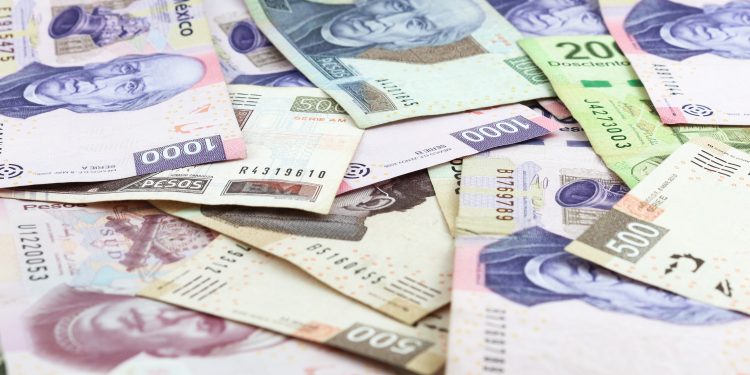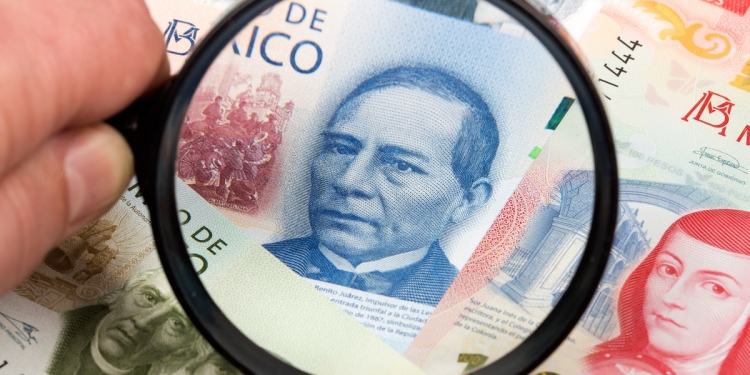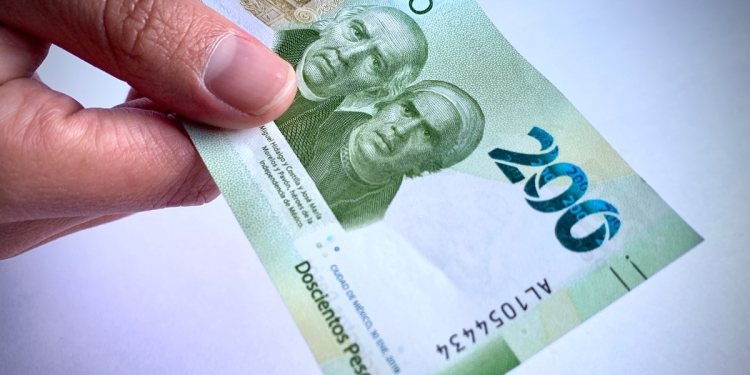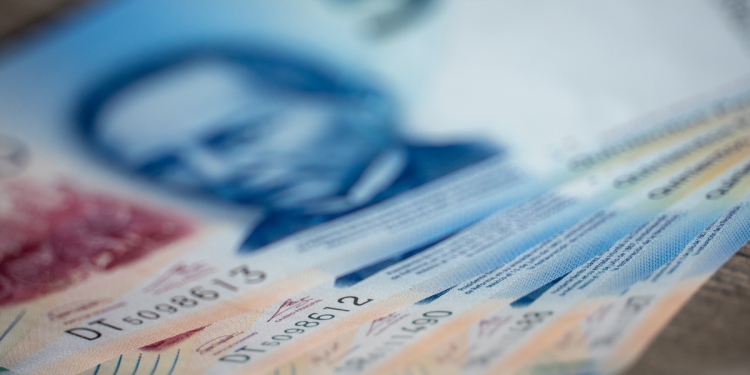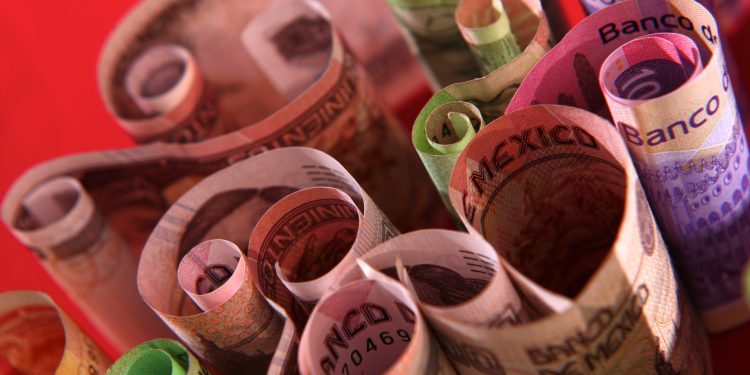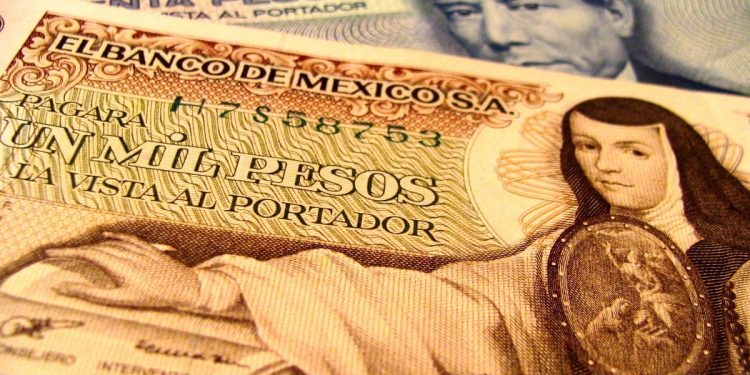In a related article, we discussed how to spot counterfeit banknotes in Mexico. This article explains what to do in the event that you find yourself in possession of a fake Mexican banknote. The options you have depend on the circumstances under which the fake note came into your possession.
Checking the banknotes you receive and handle
There are three ways you would normally find yourself holding a counterfeit note: someone gives it to you (most likely innocently) as payment or change; an ATM machine dispenses it to you; or a Bank Teller hands it over when you make a withdrawal over the counter.
If an ATM in Mexico gives you a fake banknote
The Bank of Mexico has been working hard to prevent counterfeit notes from getting recirculated through ATMs and Bank Teller tills, and so the number of instances reported have leveled-off of late. Notwithstanding this effort, on rare occasions, you might take possession of a counterfeit banknote from an ATM in Mexico. If you notice yourself, or if someone who you subsequently try to hand a bill to that emanated from an ATM withdrawal rejects it on counterfeit grounds, there is a specific procedure to undertake. You must attend a branch of the bank-owning ATM that dispensed the note within 5 working days of the date you withdrew the cash, complete a special form, and show some identification. Claims made more than 5 working days after the withdrawal are automatically rejected. It’s vital to have the ATM receipt (always request one) as this will provide important information to the bank about the withdrawal. The bank will issue you with a receipt for the counterfeit bill and conduct an internal investigation. Within five working days from the date of this submission you will be told of the outcome of that investigation: the bank will either accept responsibility and reimburse the sum with a genuine banknote, or refuse the claim and explain why—in writing.
Fake notes from Bank Tellers at a bank branch
It’s much less common for these claims to arise, although it’s technically possible for Tellers’ tills to contain counterfeits. The first thing to do is check the notes they hand-over at the counter, especially the larger denomination bills, and if any don’t look or feel right, then challenge the matter in the moment. If you discover a counterfeit banknote later that emanated from the counter withdrawal, the claim procedure is the same as that for ATMs (see above) and must also be undertaken within 5 working days from the date of the withdrawal.
Fake notes obtained from third parties
If you are paid in cash, or have change returned in counterfeit currency it’s important to spot the counterfeit notes in the moment of the transaction: once you leave the store or walk away from the trader it will be virtually impossible for you to seek redress. In the event that you are left holding a fake, you can take it to any bank: they will give you a receipt for it, send it to the Bank of Mexico for formal analysis and, in the event that it’s not a fake, will return it to you; if it is a fake it will be destroyed and you will lose the value.
Further information from CONDUSEF
CONDUSEF is the acronym that stands for Comisión Nacional para la Protección y Defensa de los Usuarios de Servicios Financieros and it the body in charge of dealing with consumer complaints in relation to financial services. This page on their website (Spanish) is related to the matter of dealing with counterfeit banknotes.
Mexico in your inbox
Our free newsletter about Mexico brings you a monthly round-up of recently published stories and opportunities, as well as gems from our archives.

